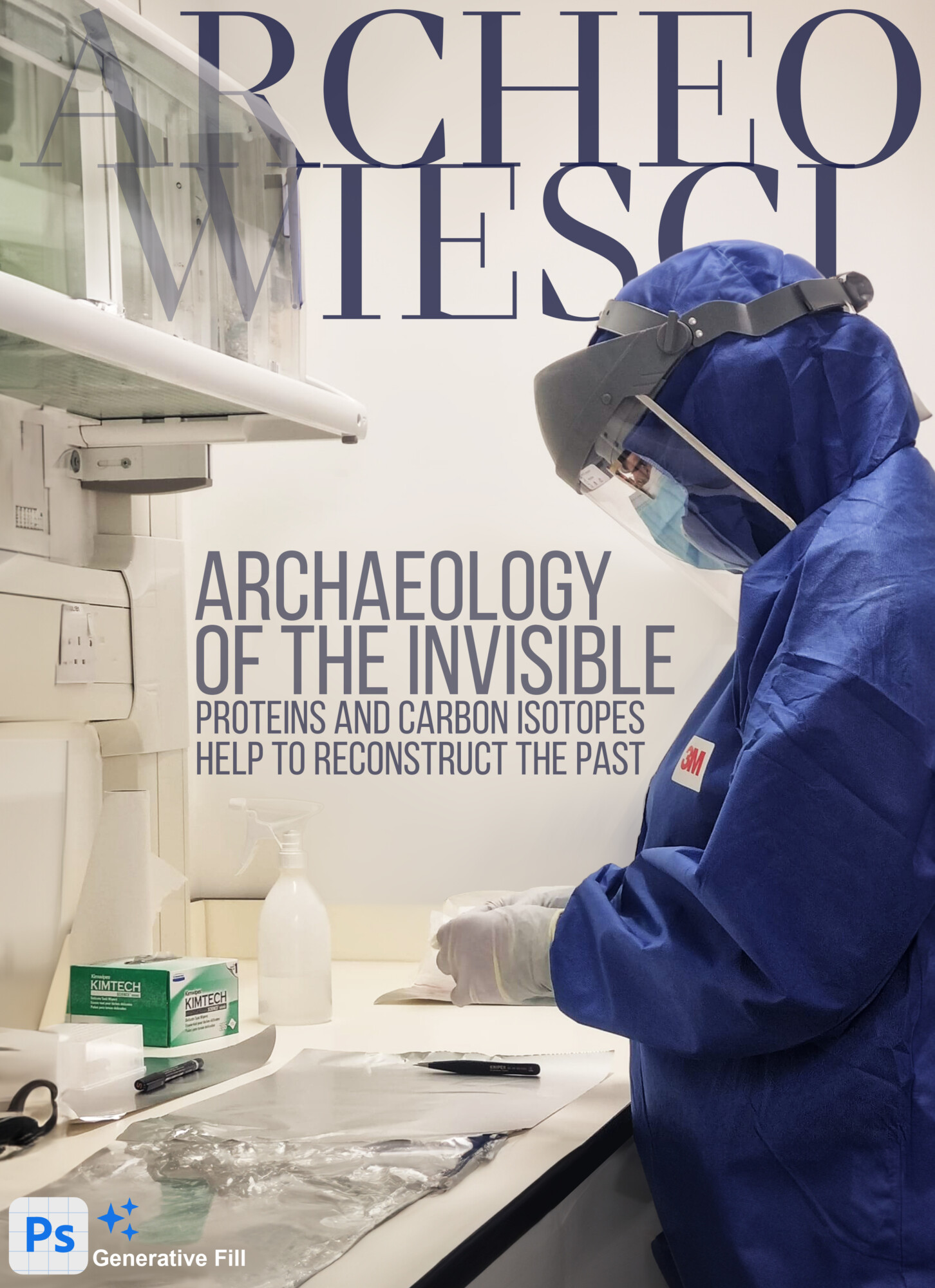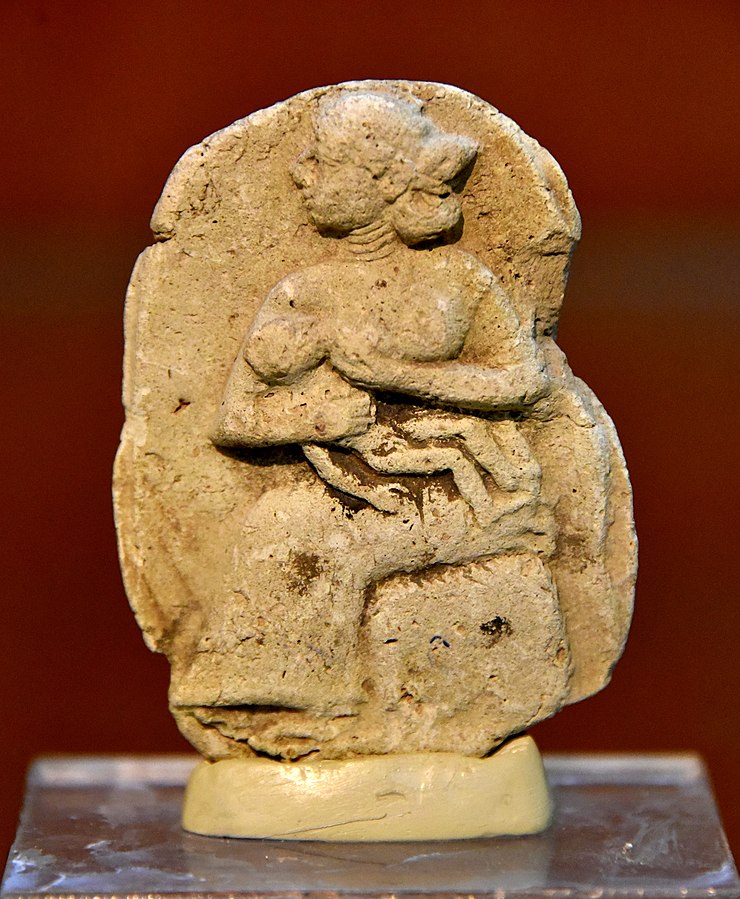From February 29 to March 2, 2024 an online, free workshop on “Bioarchaeology in Mesopotamia” will showcase state-of-the-art bioarchaeological research in Mesopotamia.
“Bioarchaeology” is a broad umbrella term for research on biological remains recovered from archaeological contexts. Bioarchaeologists provide information on human health, diet, workload, mobility, and more. They reconstruct past ecologies and reveal ancient changes in climate. They illuminate economies and social structures, revealing how foods were produced, homes were furnished, and cities were cleaned (or not). They contribute information vital to understanding why people in the past settled where they did, and why they abandoned settlements.

Continue reading “Workshop on Bioarchaeology in Mesopotamia”




